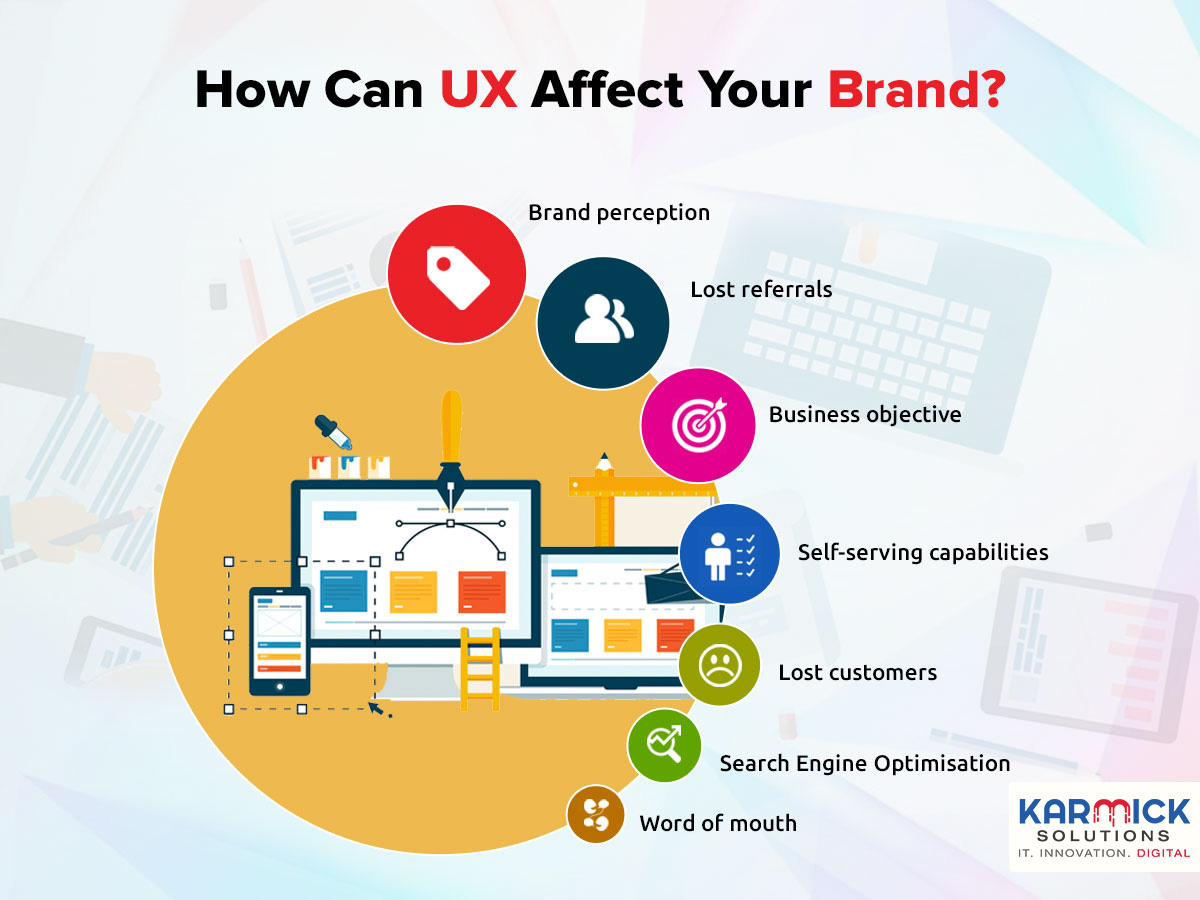
There are very good reasons why we talk a lot about user experience. To any organization, providing the customers with an amazing user experience is critical to achieving their end business goals.
Creating a good user experience is not just about making the consumer happy. We want it to serve a purpose. That purpose could be in the form of filling out a form, word-of-mouth marketing, downloading a whitepaper, coming back to the site again etc.
While the agreement is unanimous on the fact that a website has to be user-friendly in order to entice its customers, unfortunately, not a lot of brands invest in making their sites give their target customers an amazing user experience.
User experience is very important. An overwhelming majority of marketers understand this. The best user experiences are those that do not get in the way of the visitors and let them get what they want. Less is more and the more the visitors figure things out themselves, the better are the chances of their conversion in paying customers.
Below we discuss some ways in which UX affects a brand.
Brand perception
The relation between UX and the perception of the brand is central to understanding how the former affects the latter. Whether we are developing an online application or a website, UX shapes the key demography’s perception of the product. As a result, brand perception and UX are almost indistinguishable in this regard.
Unfortunately, UX isn’t just about layout and graphics. While this is true that the visual layout of an application definitely matters, it is the functionality of the platform that truly develops brand loyalty.
For example, when Facebook tweaked its logo, not a lot of people noticed the change. In fact, unless people read up on it in some article, they would probably not even have been aware of the same. Since the change was subtle, it did not have any lasting impact on the users.
Compare the aforementioned change to the time when Facebook made changes to its newsfeed algorithm or to the way that the messenger app works. A huge furor erupted from the changes that were made and many users even threatened to leave the social media platform as a sign of protest.
This is perhaps the aptest example of how UX has less to do with aesthetics and more to do with the functionality of the application. Users respond more readily to their interaction with the application rather than the visual appeal of it.
Lost customers
A badly designed application or site can cost us, valuable customers. If the key demography does not get what they want, if their needs and requirements are not met by your service or product promptly, they will automatically migrate to your competitors who provide a much better user experience.
A good way to avoid this blunder is to not assume that all visitors to your application are computer savvy and are proficient with the latest developments in technology that you may have implemented on your site. Instead, always test your application from the point of view of beginners to see how quickly and smoothly they can reach their destination on your site.
Search Engine Optimisation
A site’s UX directly affects its SEO. For Google, it is imperative that its users gain access to high-quality content. Google always ensures that its own UX is top notch. Consequently, it also ensures that the sites that rank high in its search queries also have high-quality UX. As a result, Google’s algorithms are designed in such fashion so that sites with good UX find themselves ranking high on the queries.
Word of Mouth
UX directly affects the marketing efforts made through word-of-mouth. When a customer has an amazing experience in using your brand, he or she is highly likely to positively recommend the same within their own circle of friends and network.
Unfortunately, the opposite scenario is also true as well. When users have a bad experience with a brand online, they share their unpleasant experiences within their network as well. In fact, unpleasant experiences are more likely to be shared with friends than the pleasant ones.
Lost Referrals
A bad UX doesn’t only cost a brand its present customers. It can cost future customers as well. This is because present customers who have had a bad experience buying a product or service from the site are less likely to recommend the same within their network.
This is the reason why businesses have to strategically invest in UX. A good UX for the target customers can make the difference between the substantial value being added to the company’s top line and loss of revenue.
Business Objective
All companies eventually want the visitors to their sites to perform the desired action which is known as the business objective. This objective may be in the form of making a purchase on the site, downloading a white paper etc. Investing in a user-centered design to give the users a good UX can bring forth substantial returns on the dollar.
Some of the ways in which a good UX leads to substantial returns are –
Self-serving capabilities
Today, almost all consumers want to complete their transactions online without ever having to deal with any human or bot for assistance. They want to be able to visit the site, browse through the services and products on offer, make their choice of purchase, make the payment and order the final shipment all by themselves.
Companies that are capable of designing UX for their applications that enable their visitors to accomplish the same have a higher chance of converting their visitors into paying customers.
When building a site or application, businesses who design every aspect of the UX keeping in mind the need and requirements of the target customers are most likely to stay ahead of their competition and add substantial value to the company top line.